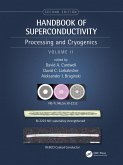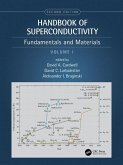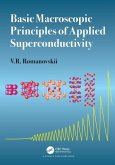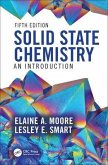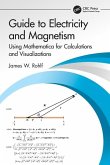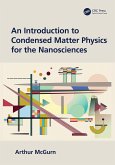This is the last of three volumes of the extensively revised and updated second edition of the Handbook of Superconductivity. The past twenty years have seen rapid progress in superconducting materials, which exhibit one of the most remarkable physical states of matter ever to be discovered. Superconductivity brings quantum mechanics to the scale of the everyday world. Viable applications of superconductors rely fundamentally on an understanding of these intriguing phenomena and the availability of a range of materials with bespoke properties to meet practical needs.
While the first volume covers fundamentals and various classes of materials, the second addresses processing of these into various shapes and configurations needed for applications, and ends with chapters on refrigeration methods necessary to attain the superconducting state and the desired performance. This third volume starts with a wide range of methods permitting one to characterize both the materials and various end products of processing. Subsequently, diverse classes of both large scale and electronic applications are described. Volume 3 ends with a glossary relevant to all three volumes.
Key Features:
Covers the depth and breadth of the field
Includes contributions from leading academics and industry professionals across the world
Provides hands-on familiarity with the characterization methods and offers descriptions of representative examples of practical applications
A comprehensive reference, the handbook is suitable for both graduate students and practitioners in experimental physics, materials science, and multiple engineering disciplines, including electronic and electrical, chemical, mechanical, metallurgy and others.
While the first volume covers fundamentals and various classes of materials, the second addresses processing of these into various shapes and configurations needed for applications, and ends with chapters on refrigeration methods necessary to attain the superconducting state and the desired performance. This third volume starts with a wide range of methods permitting one to characterize both the materials and various end products of processing. Subsequently, diverse classes of both large scale and electronic applications are described. Volume 3 ends with a glossary relevant to all three volumes.
Key Features:
Covers the depth and breadth of the field
Includes contributions from leading academics and industry professionals across the world
Provides hands-on familiarity with the characterization methods and offers descriptions of representative examples of practical applications
A comprehensive reference, the handbook is suitable for both graduate students and practitioners in experimental physics, materials science, and multiple engineering disciplines, including electronic and electrical, chemical, mechanical, metallurgy and others.


